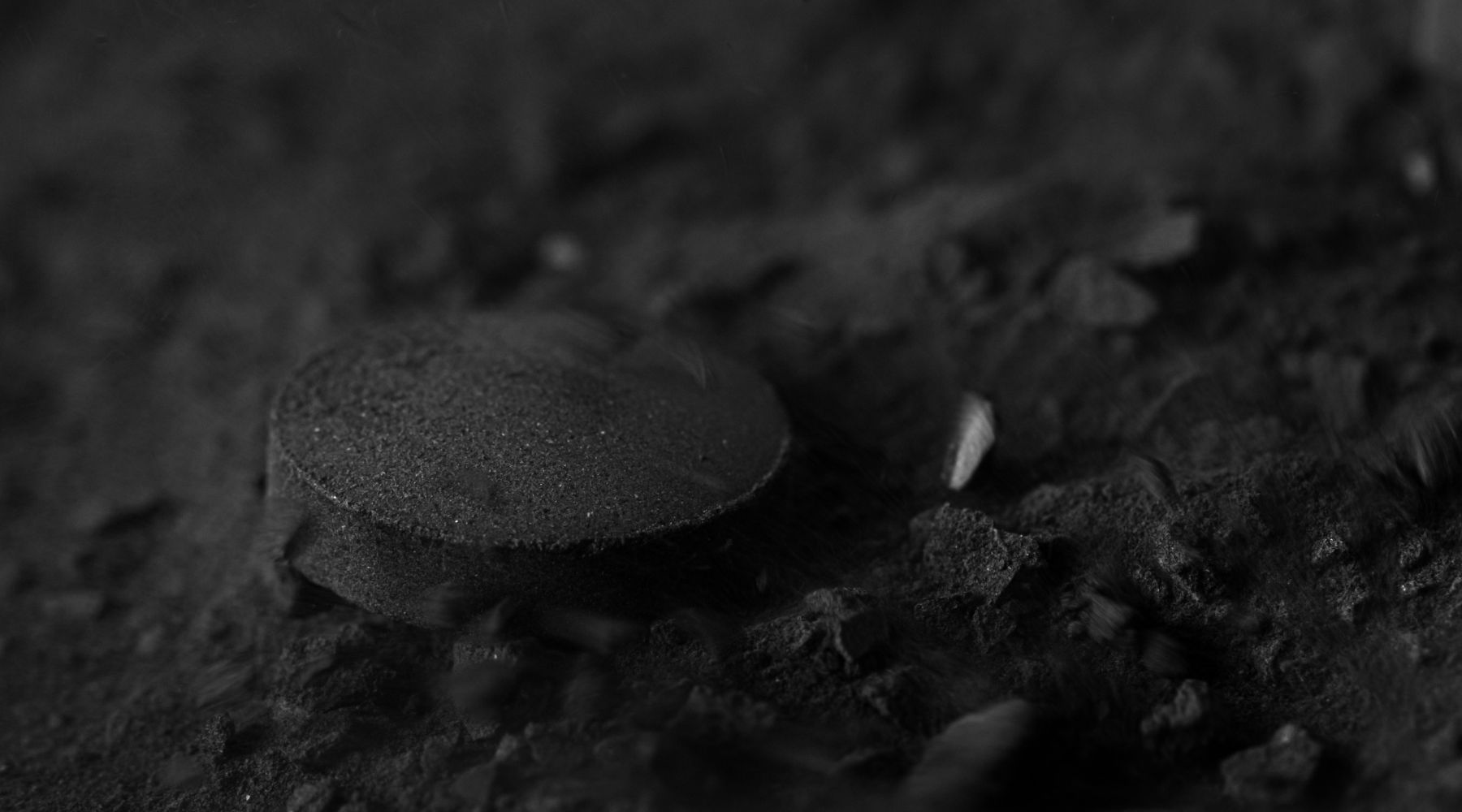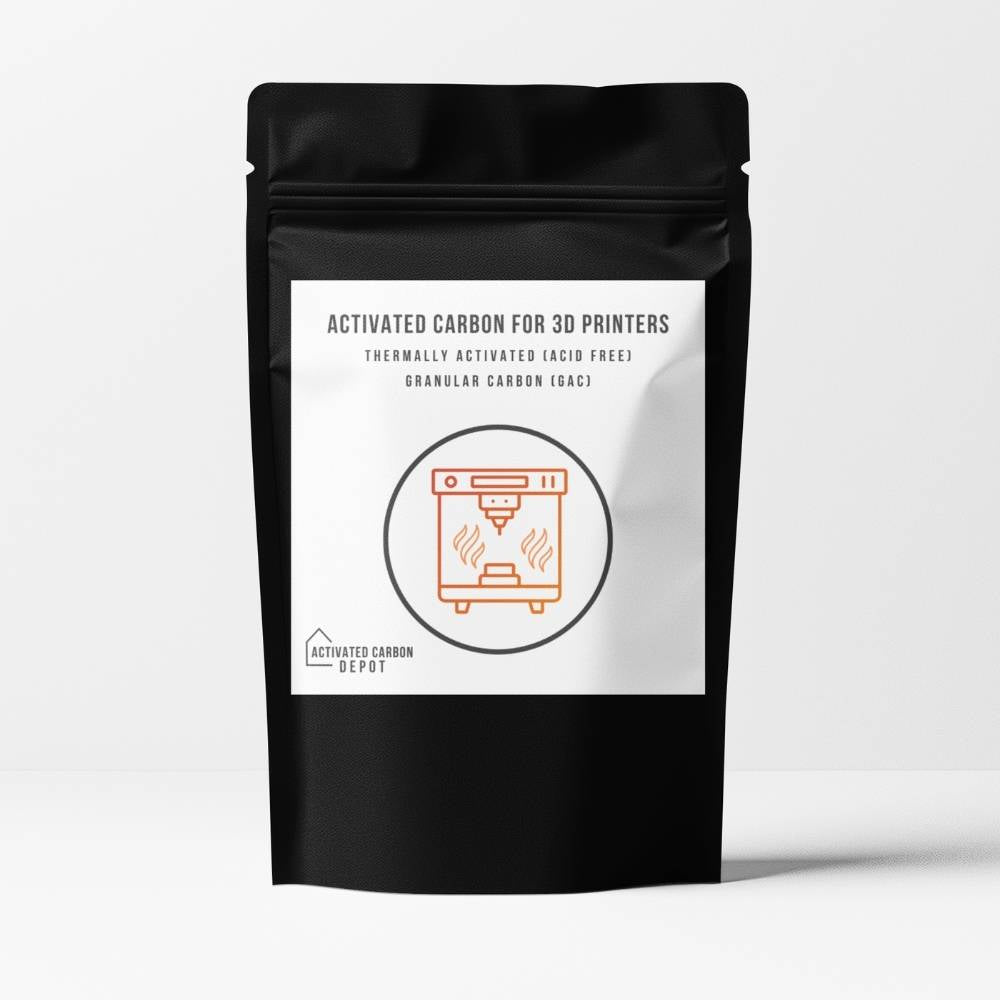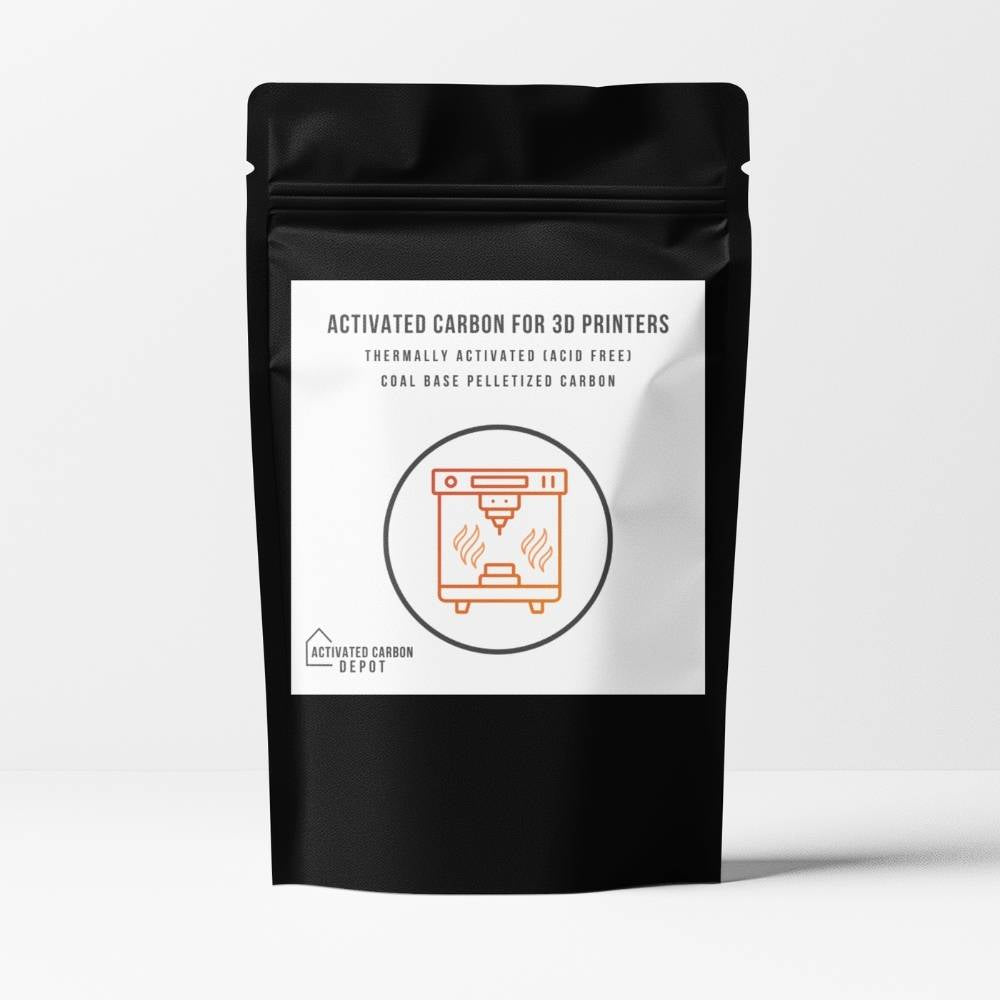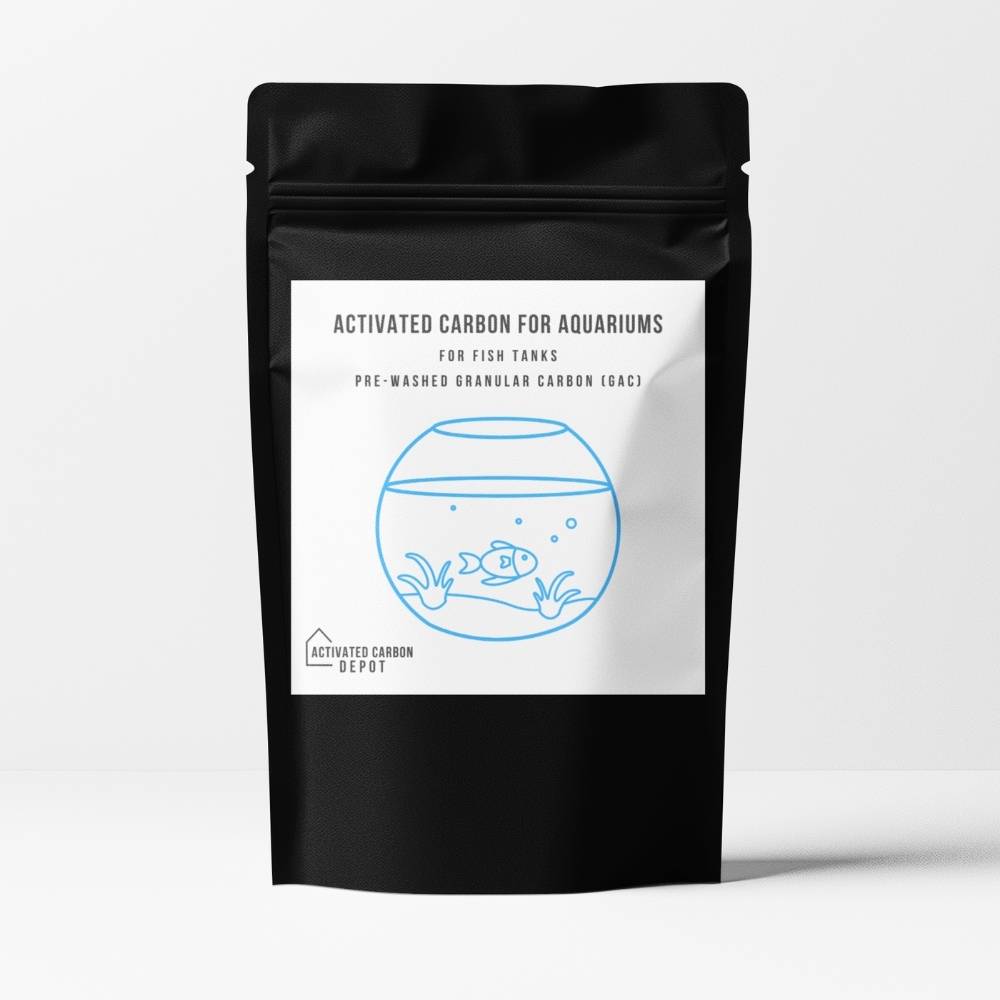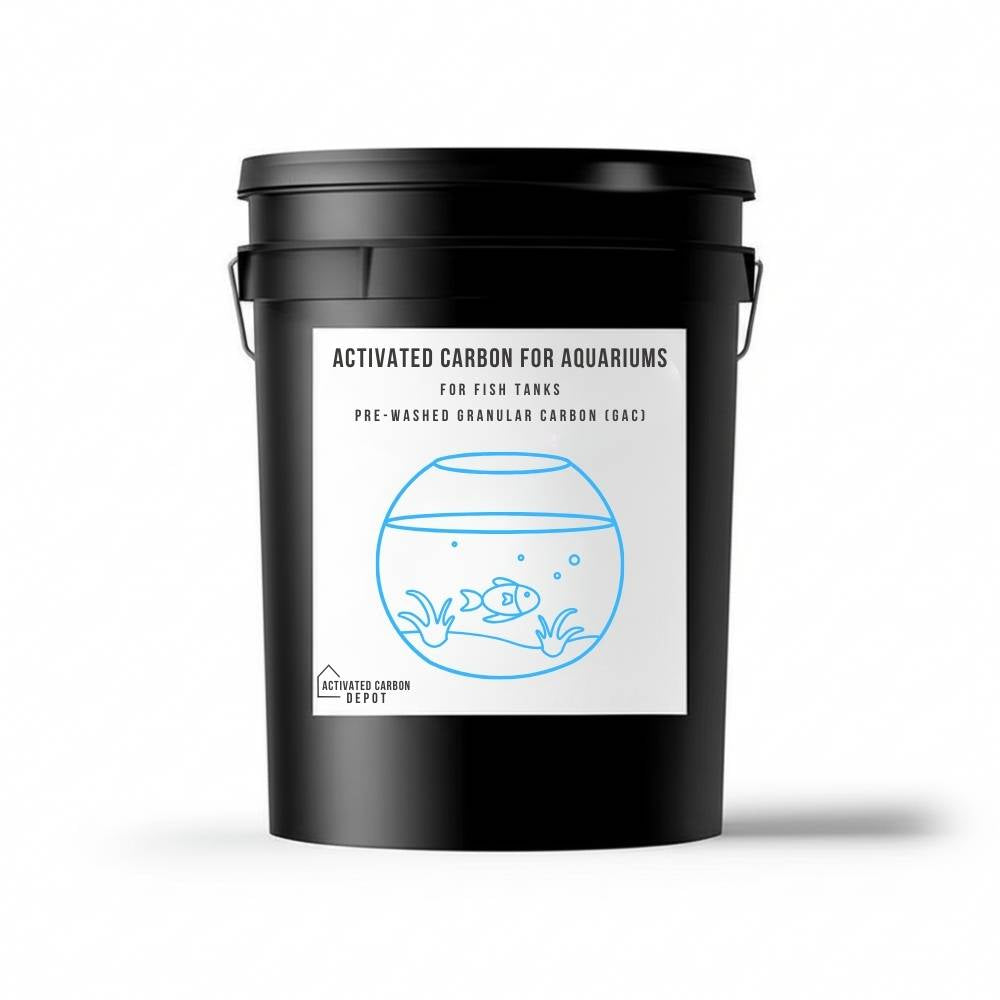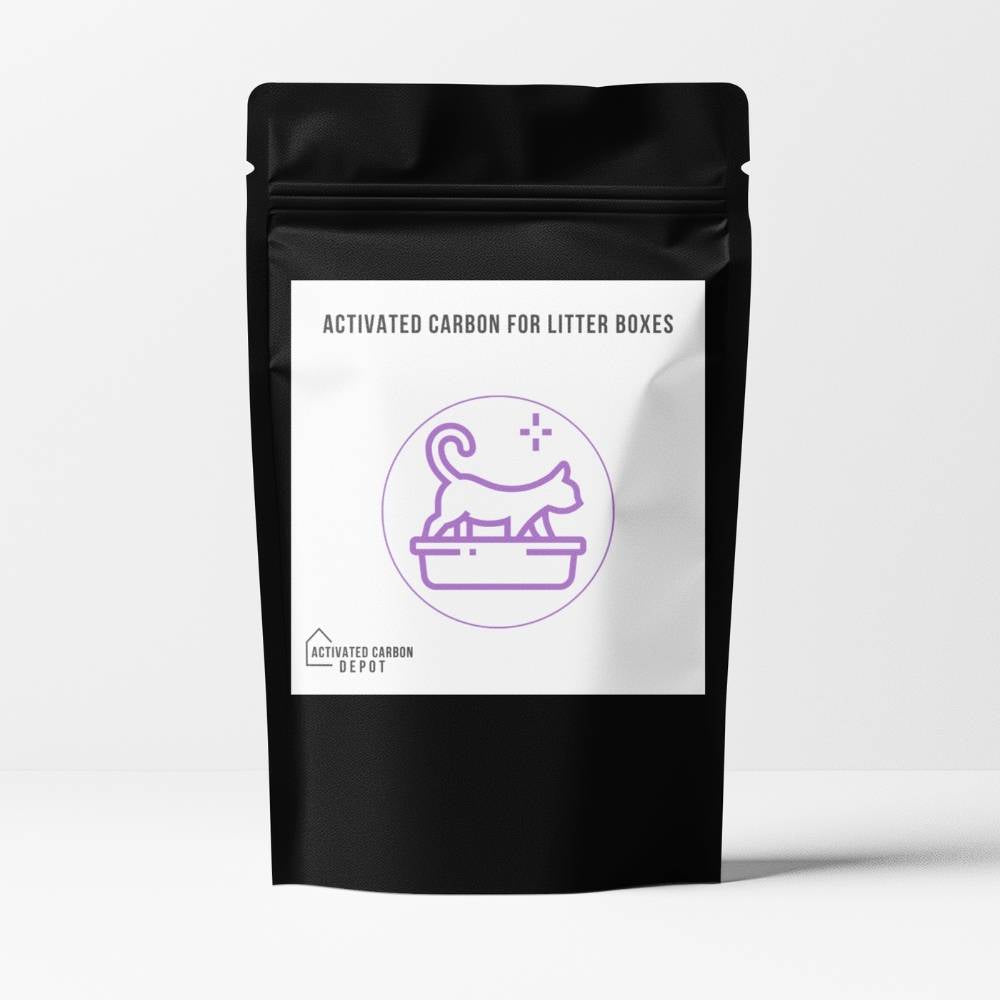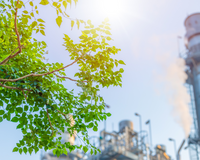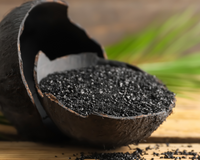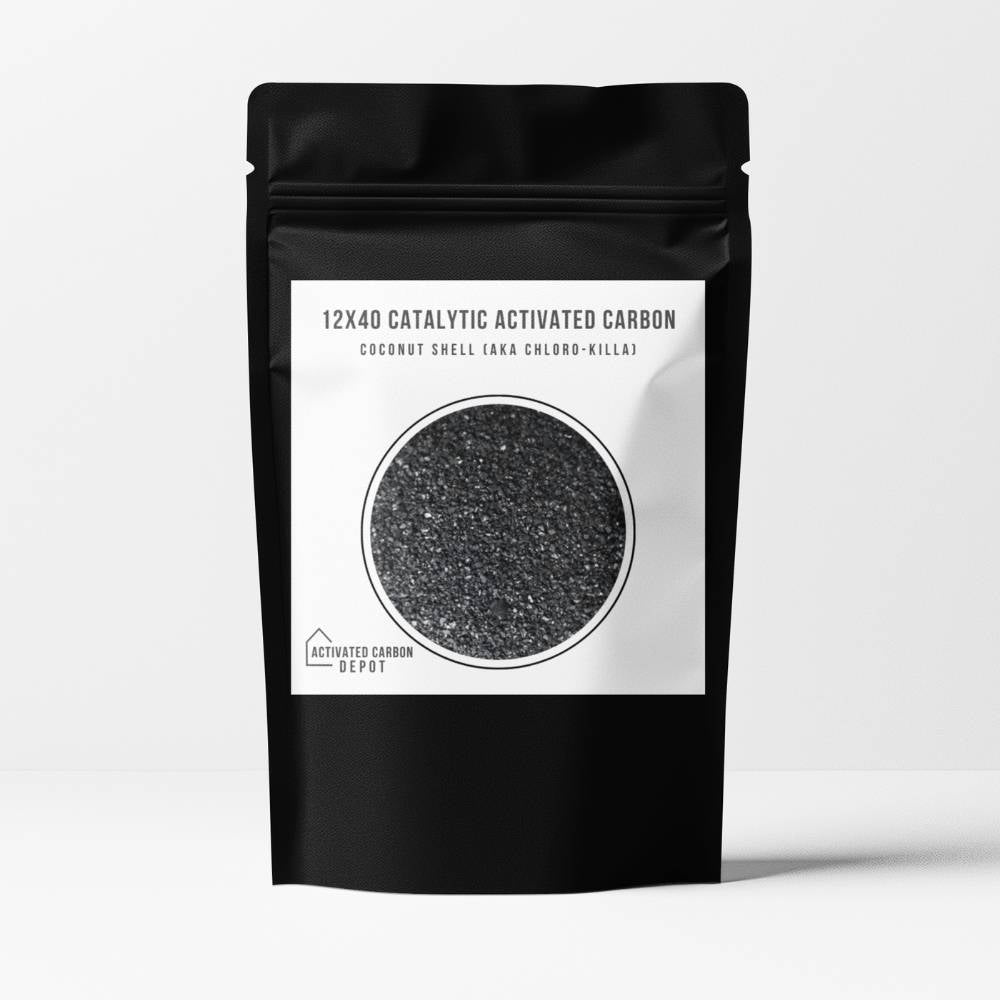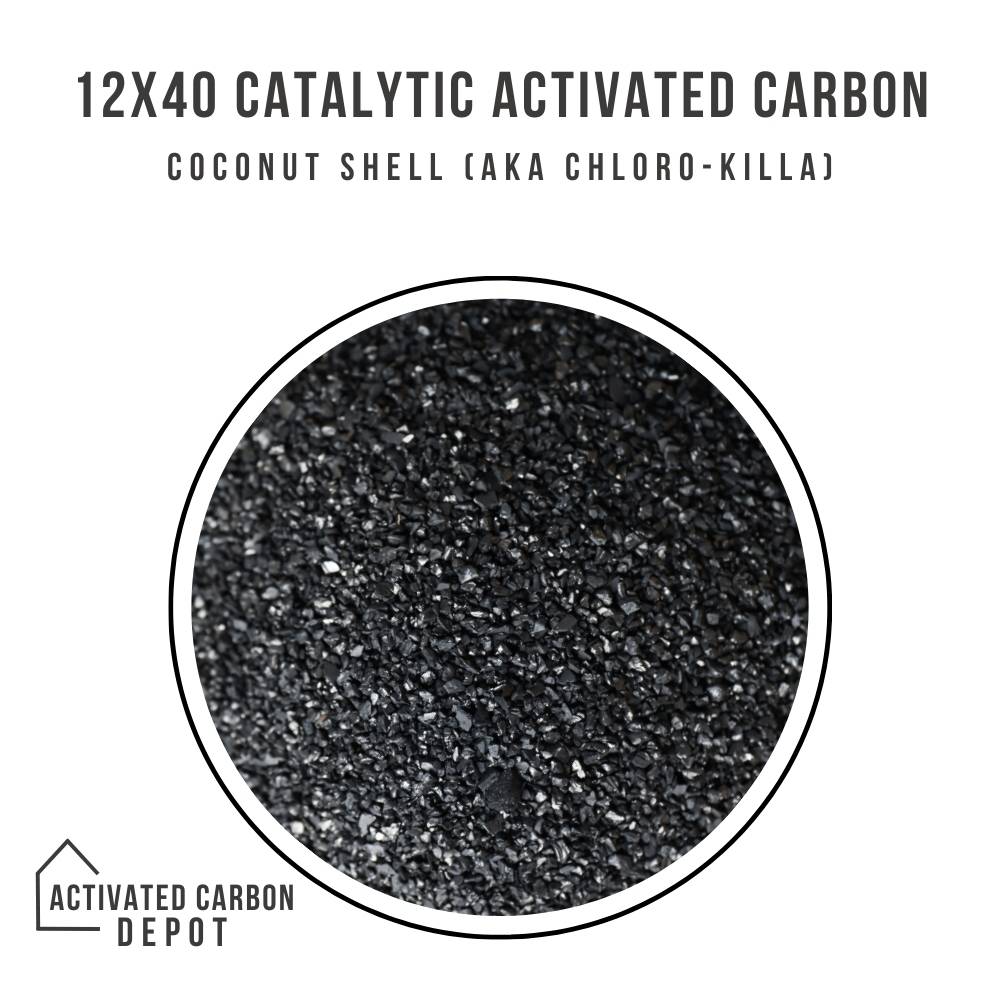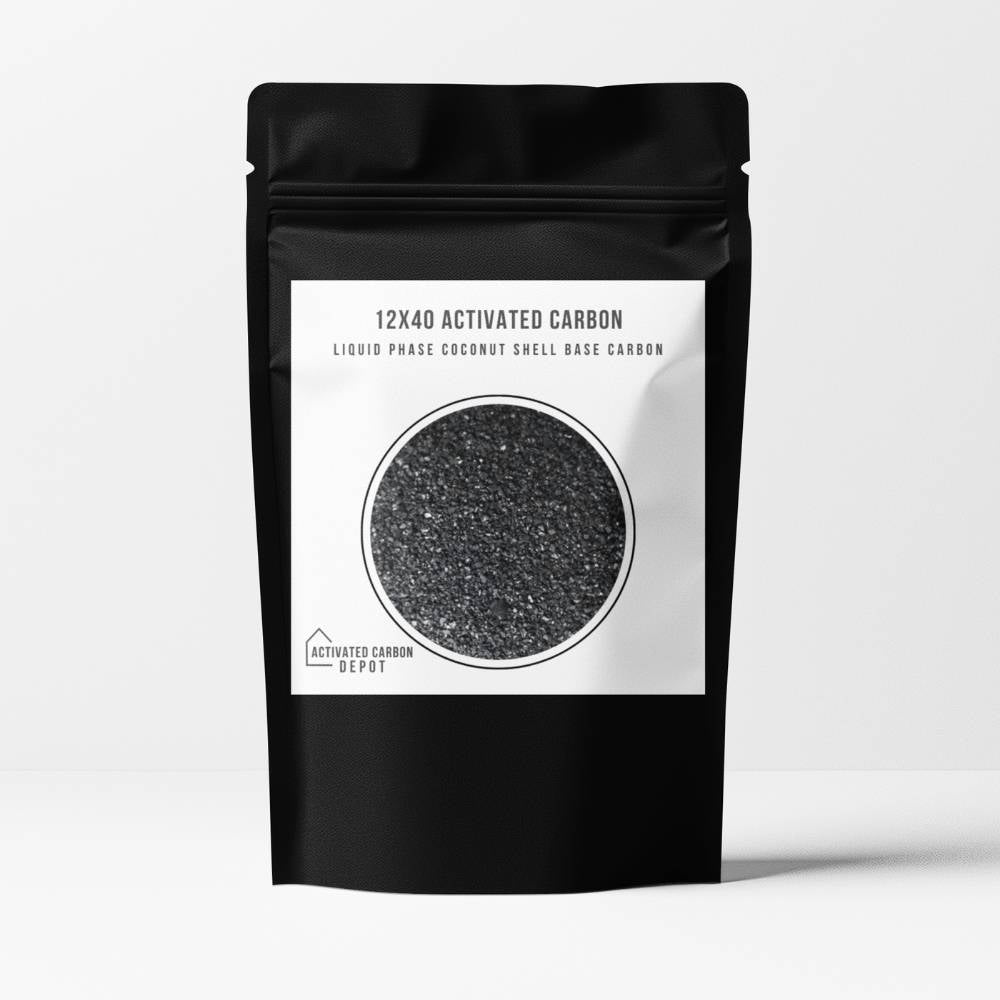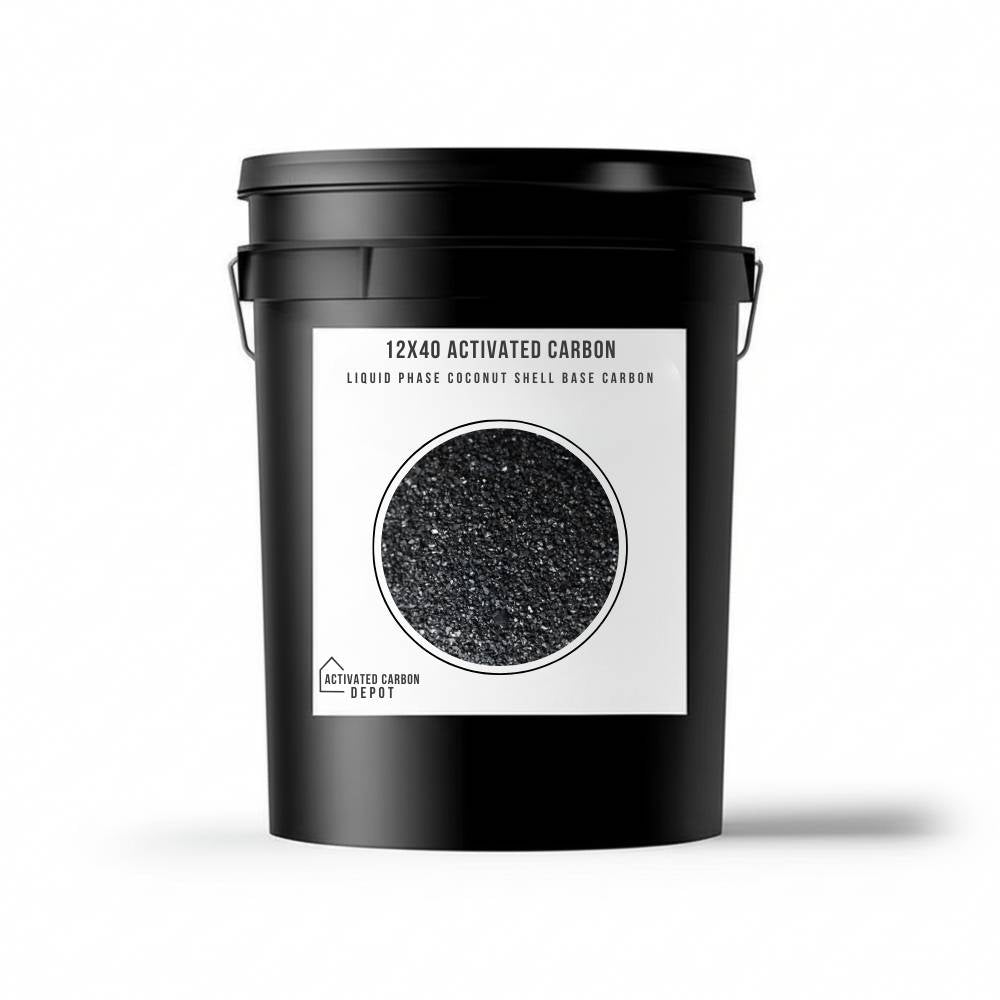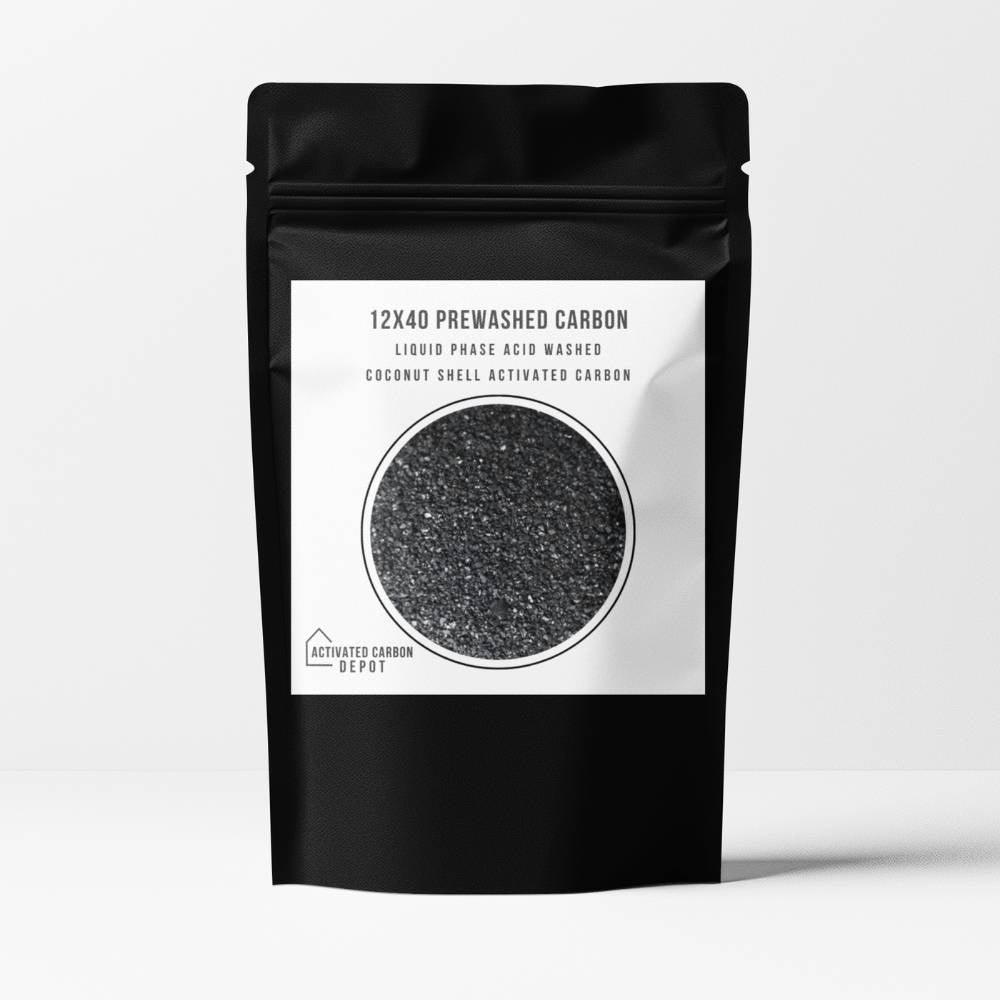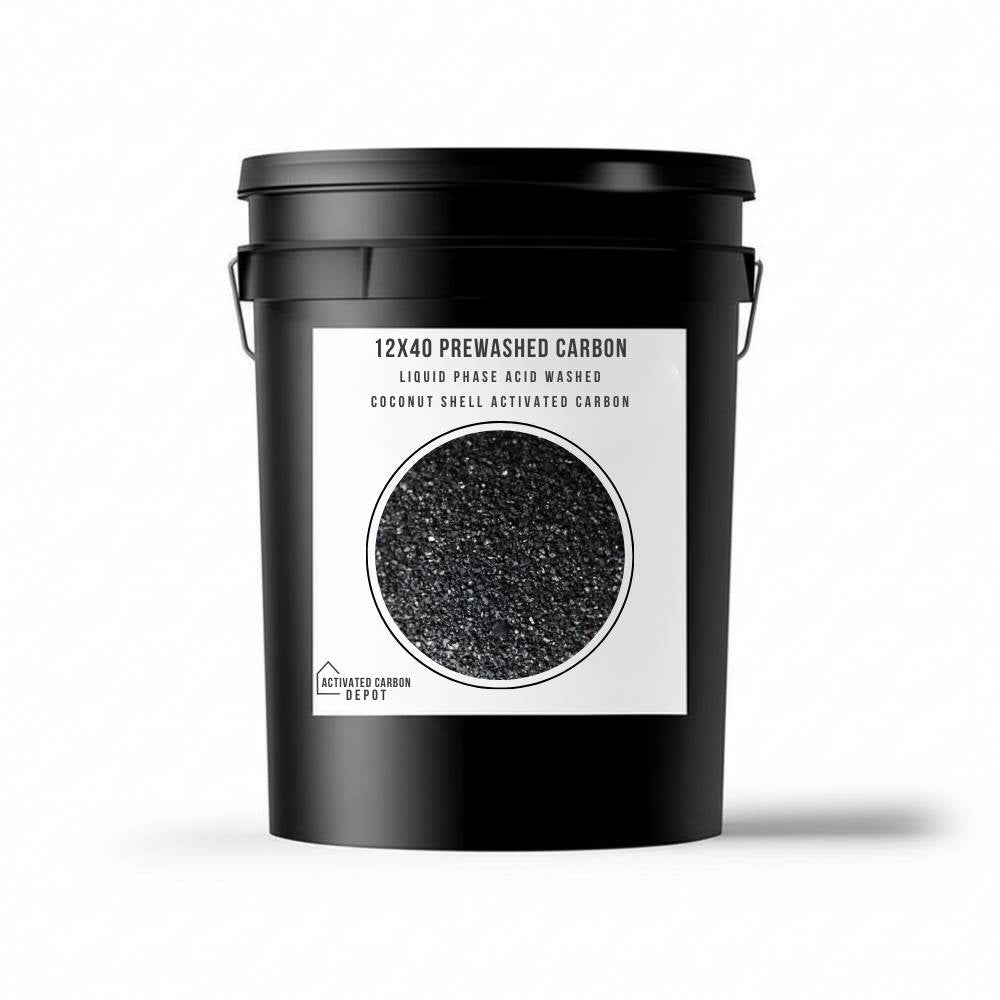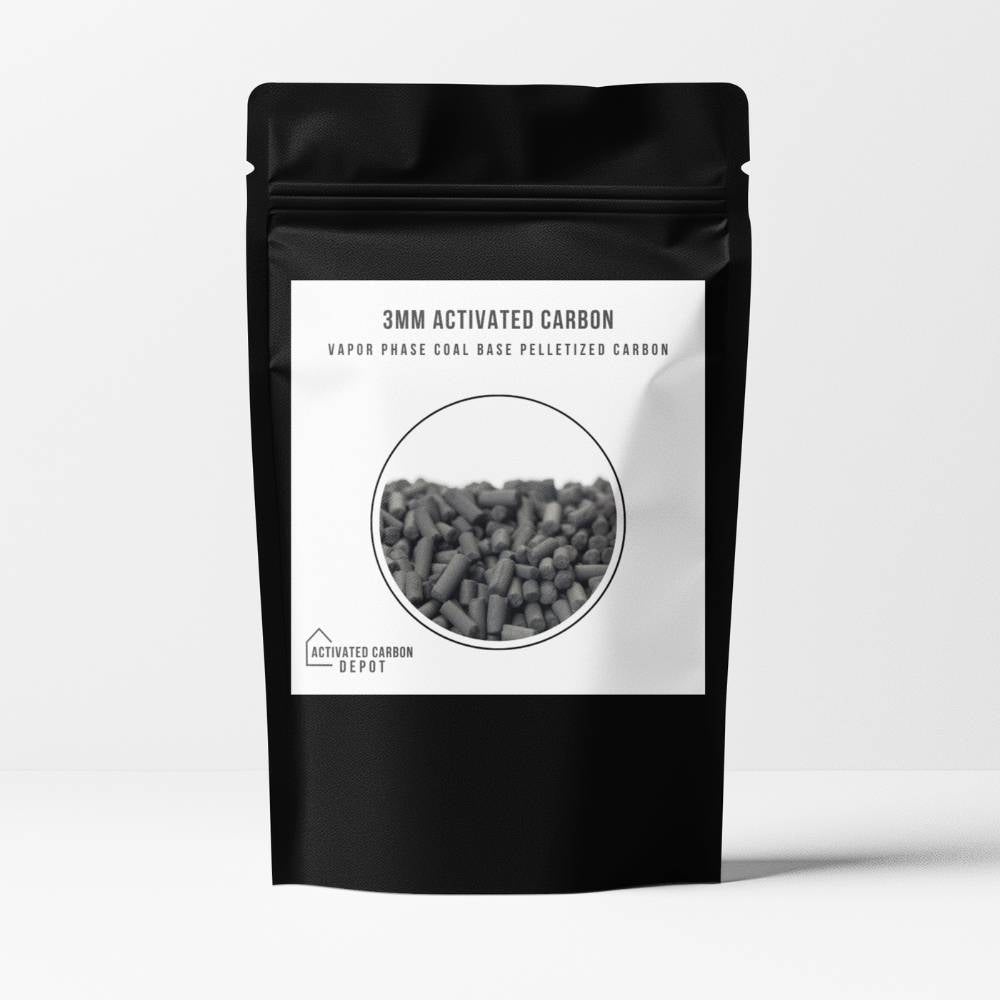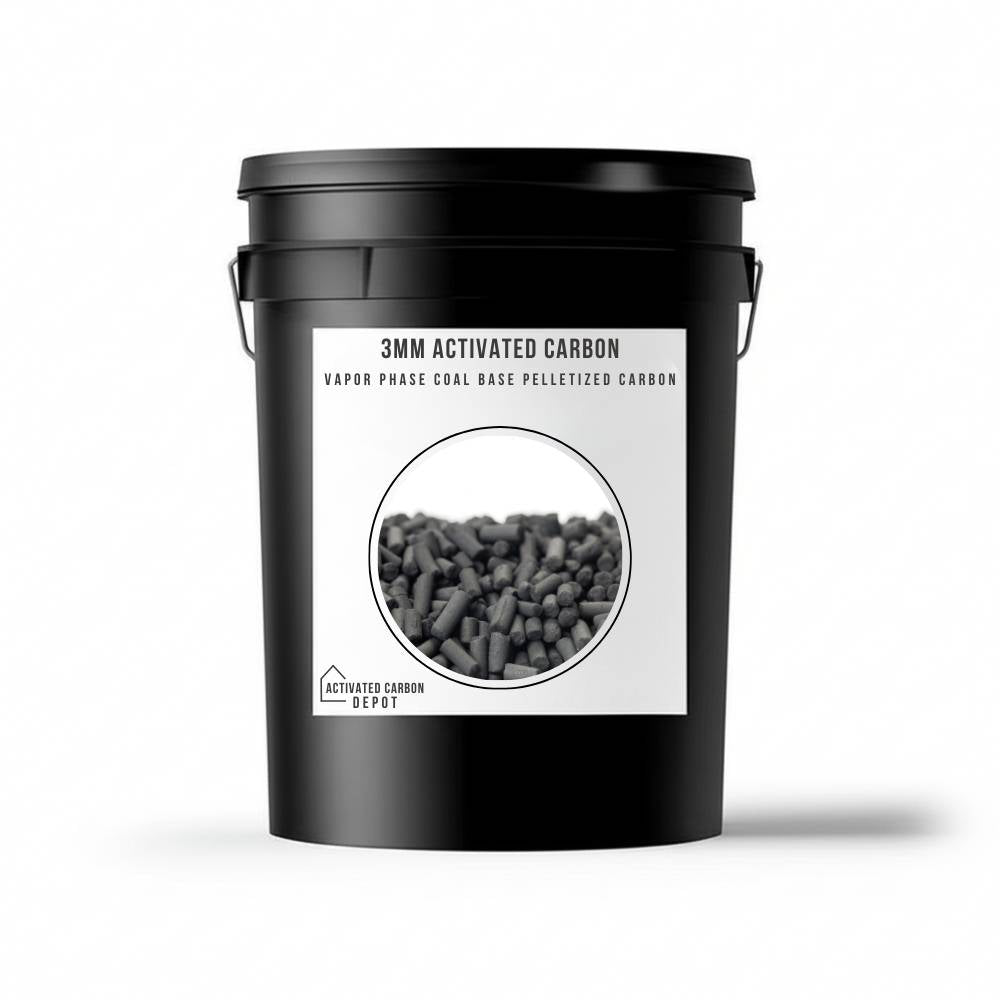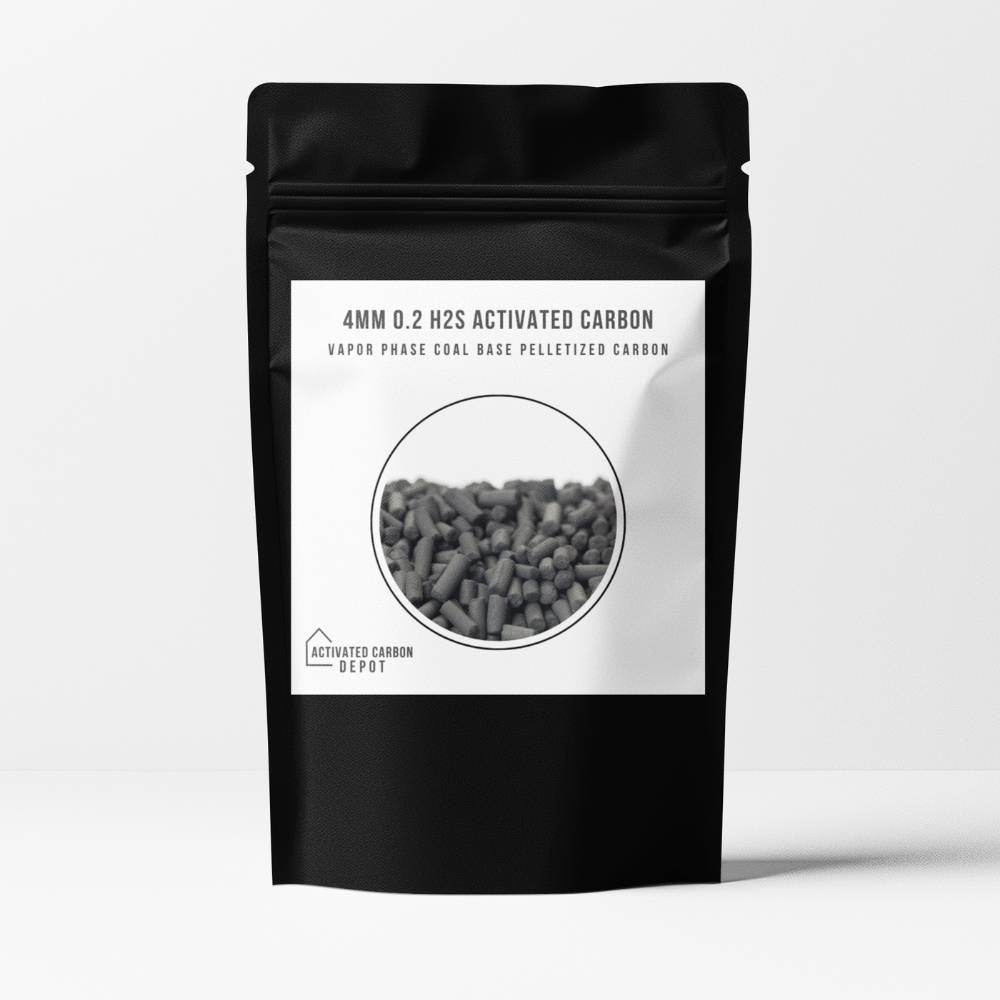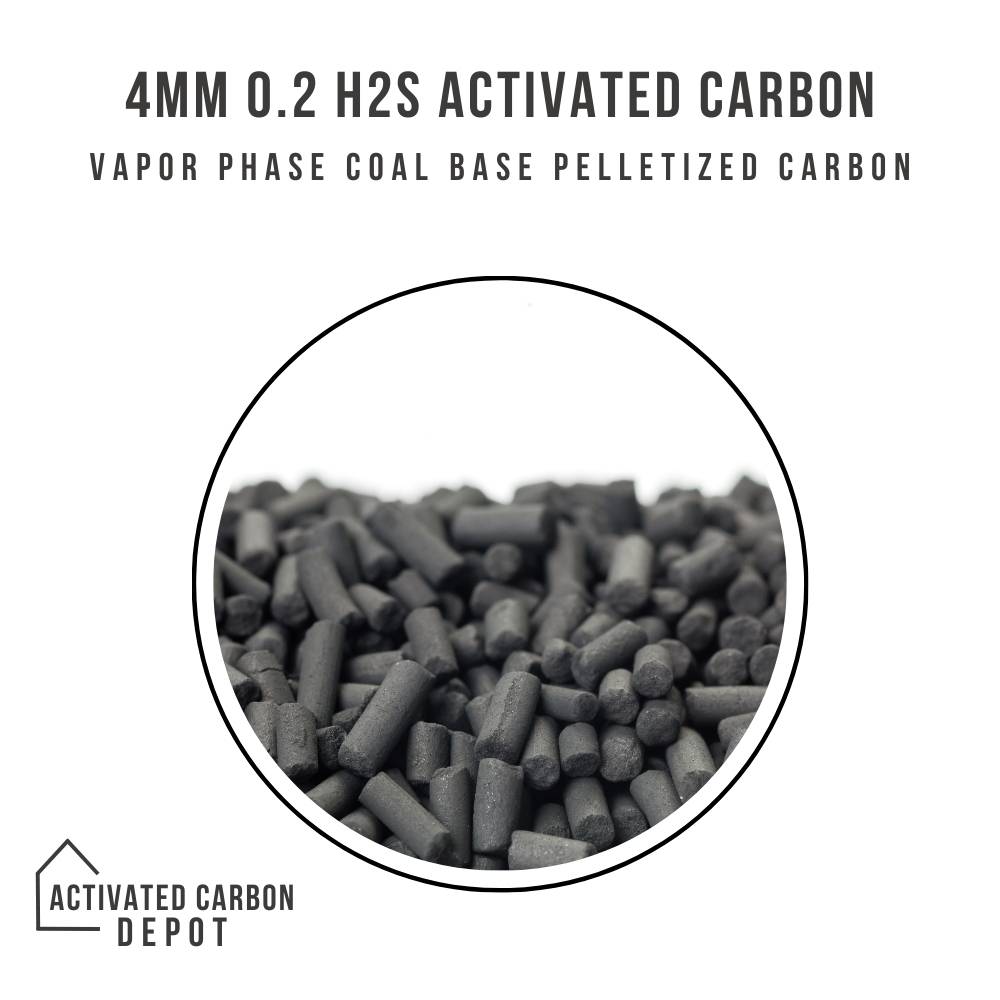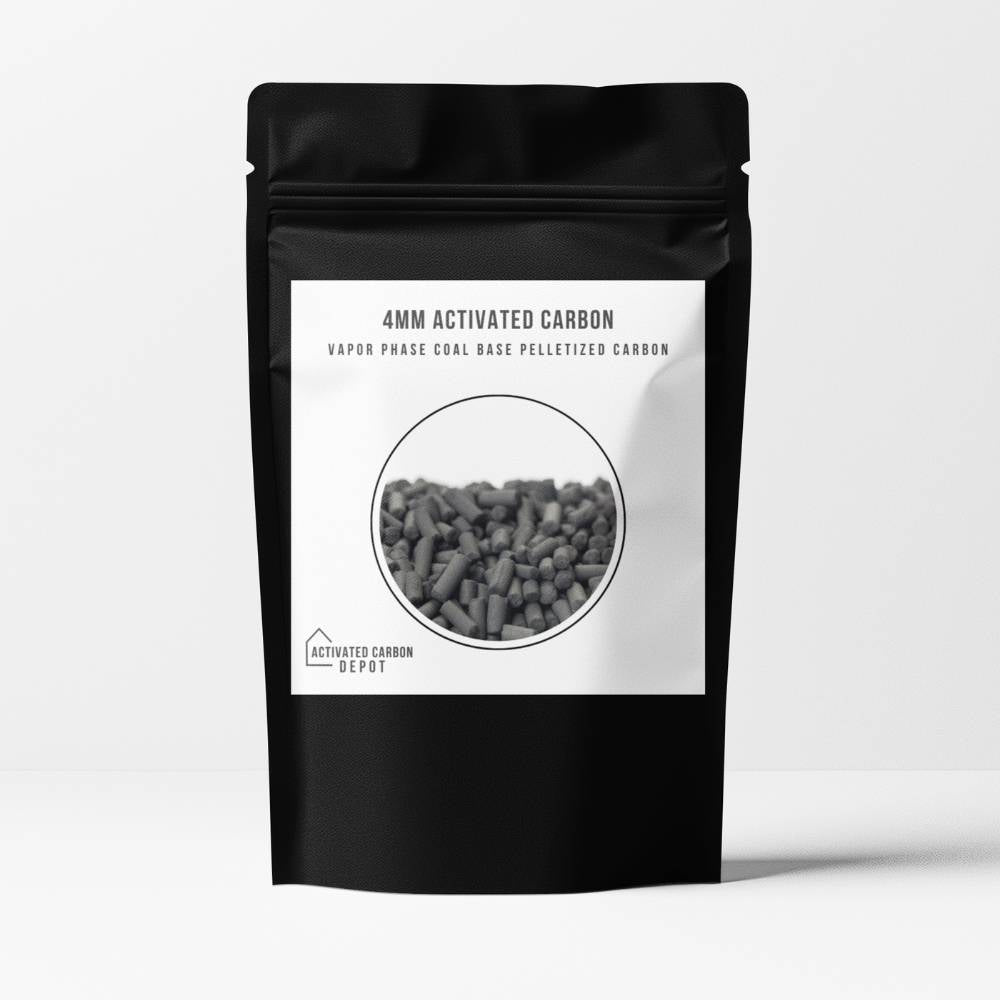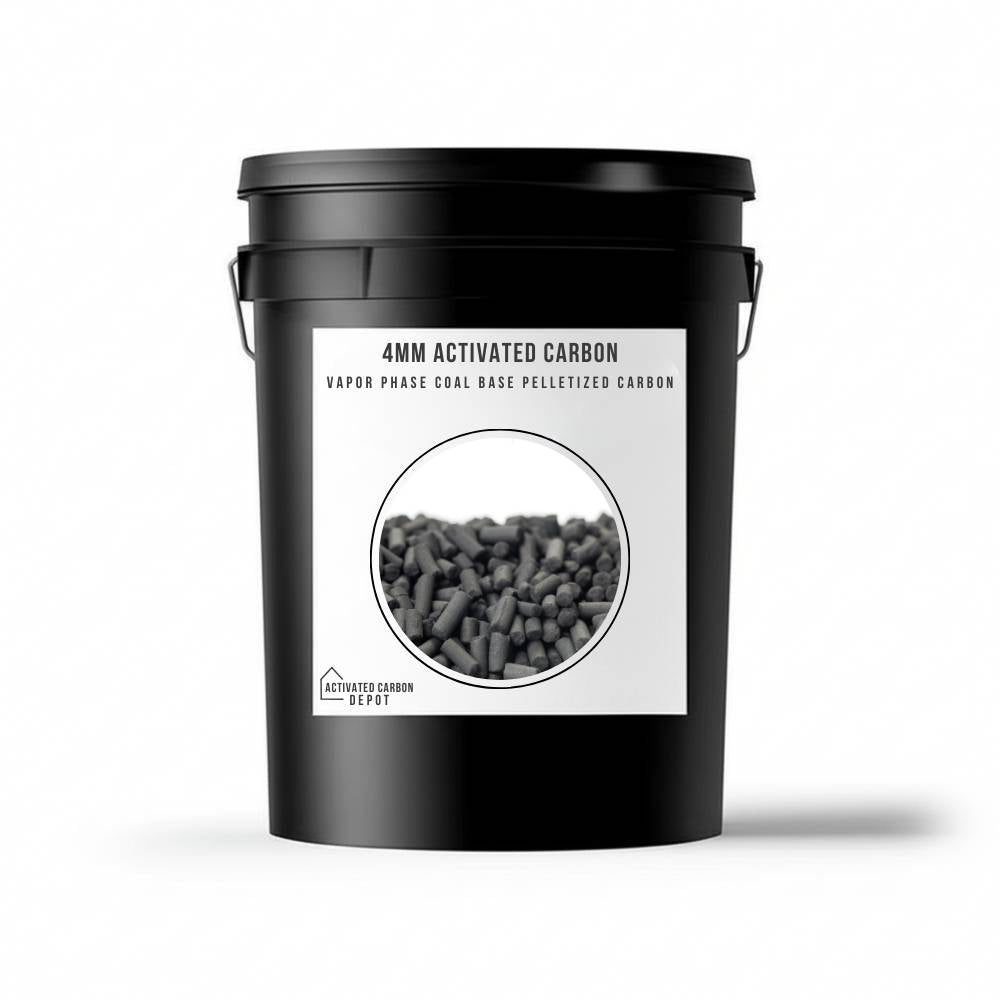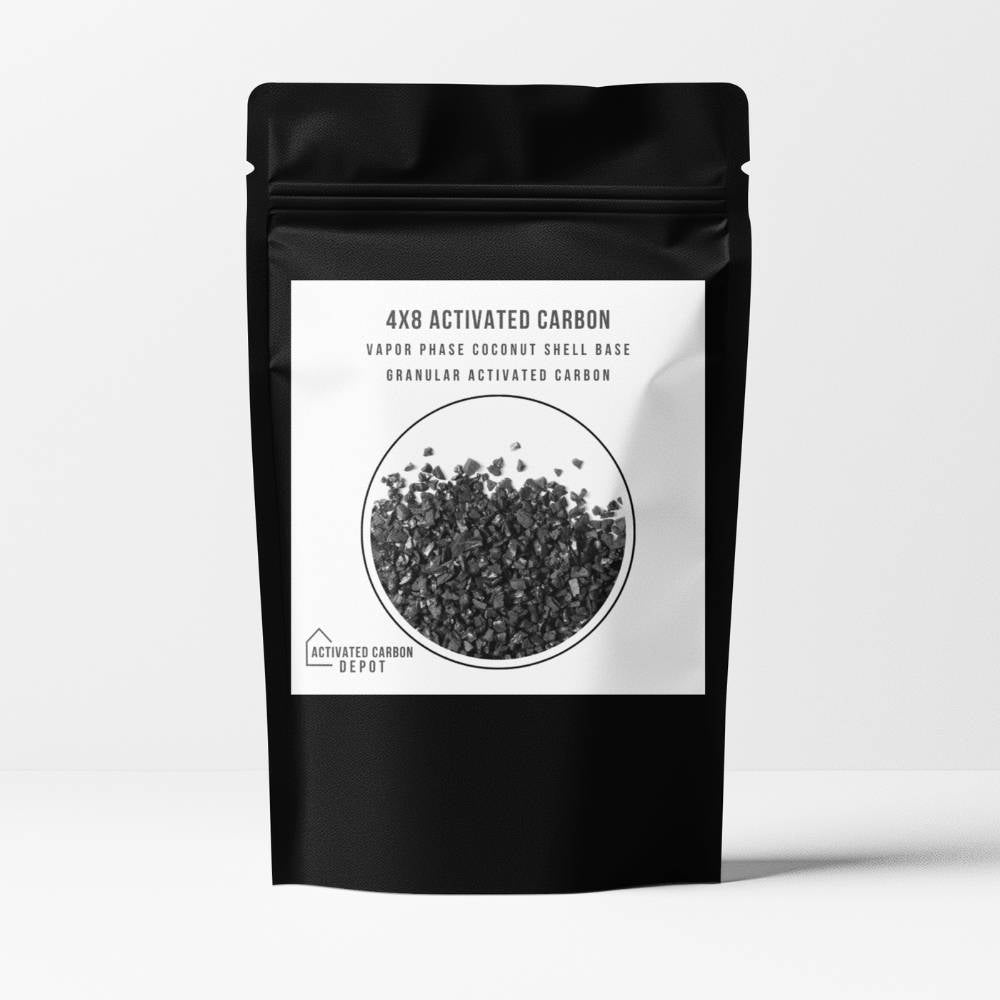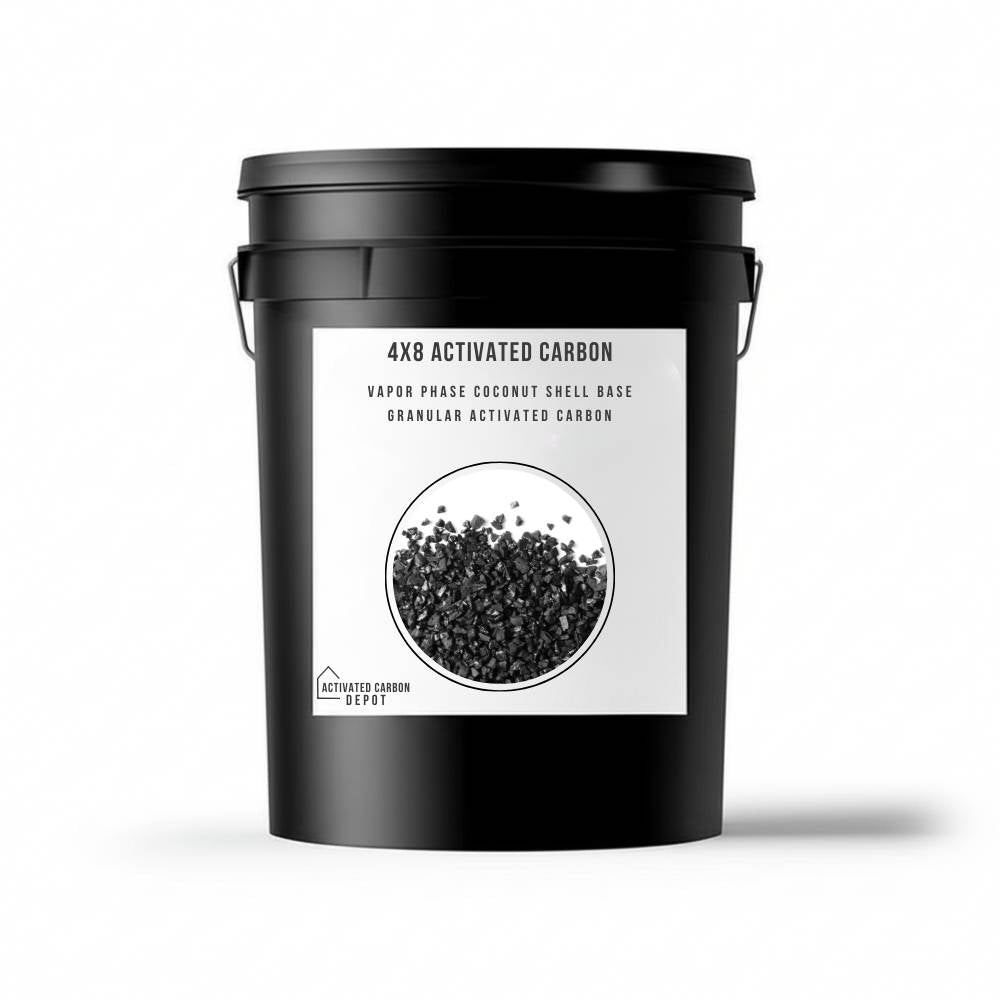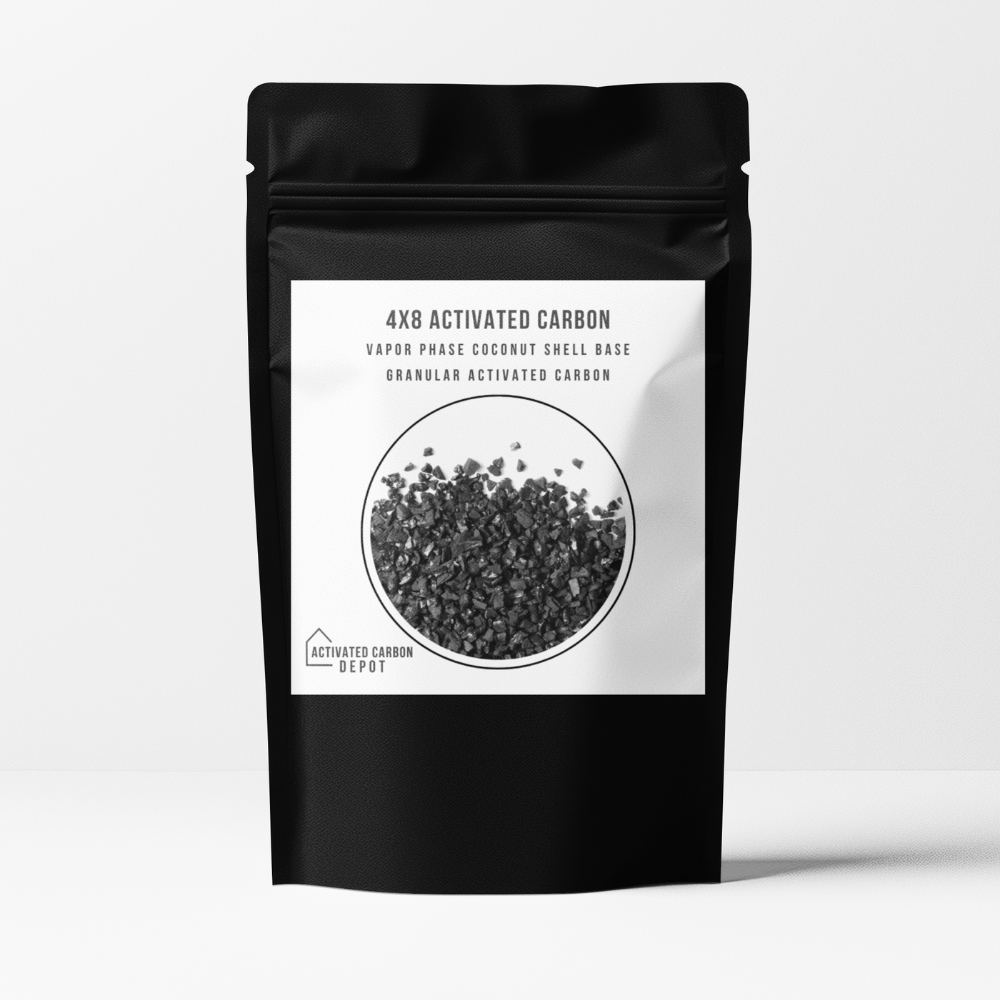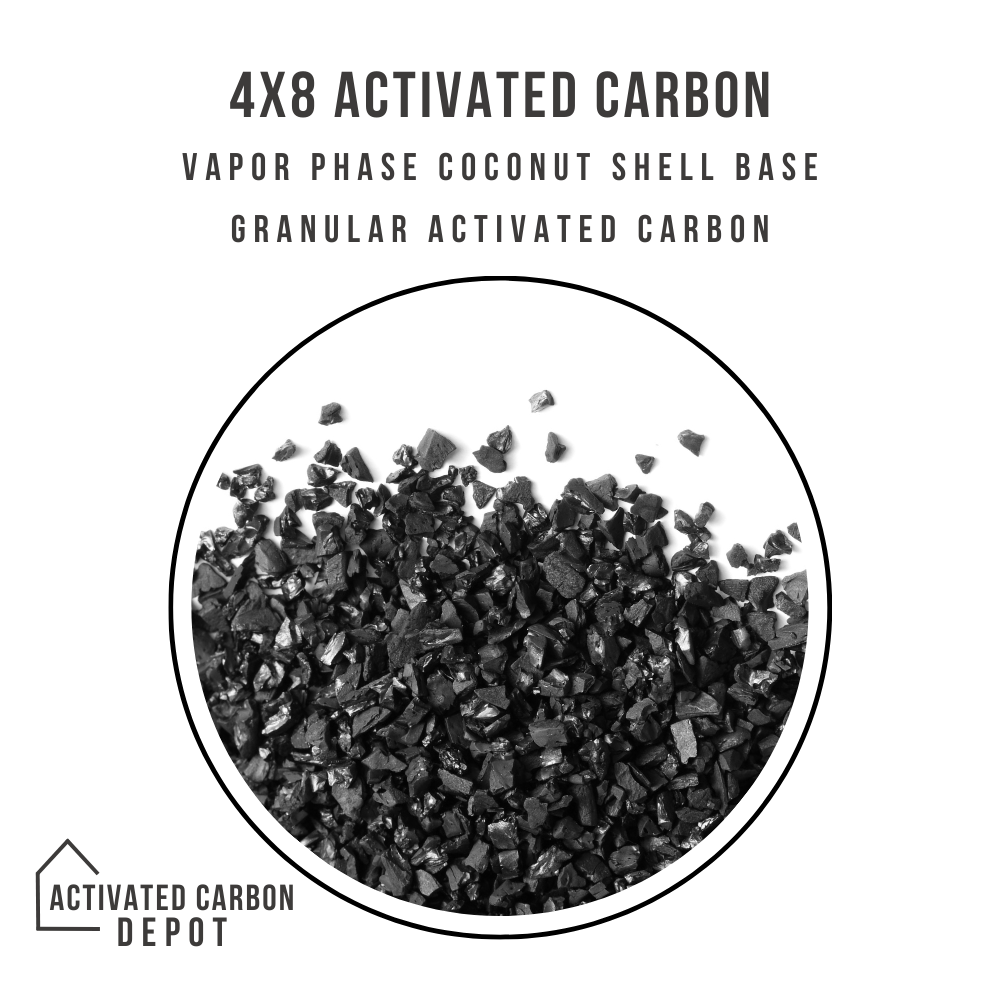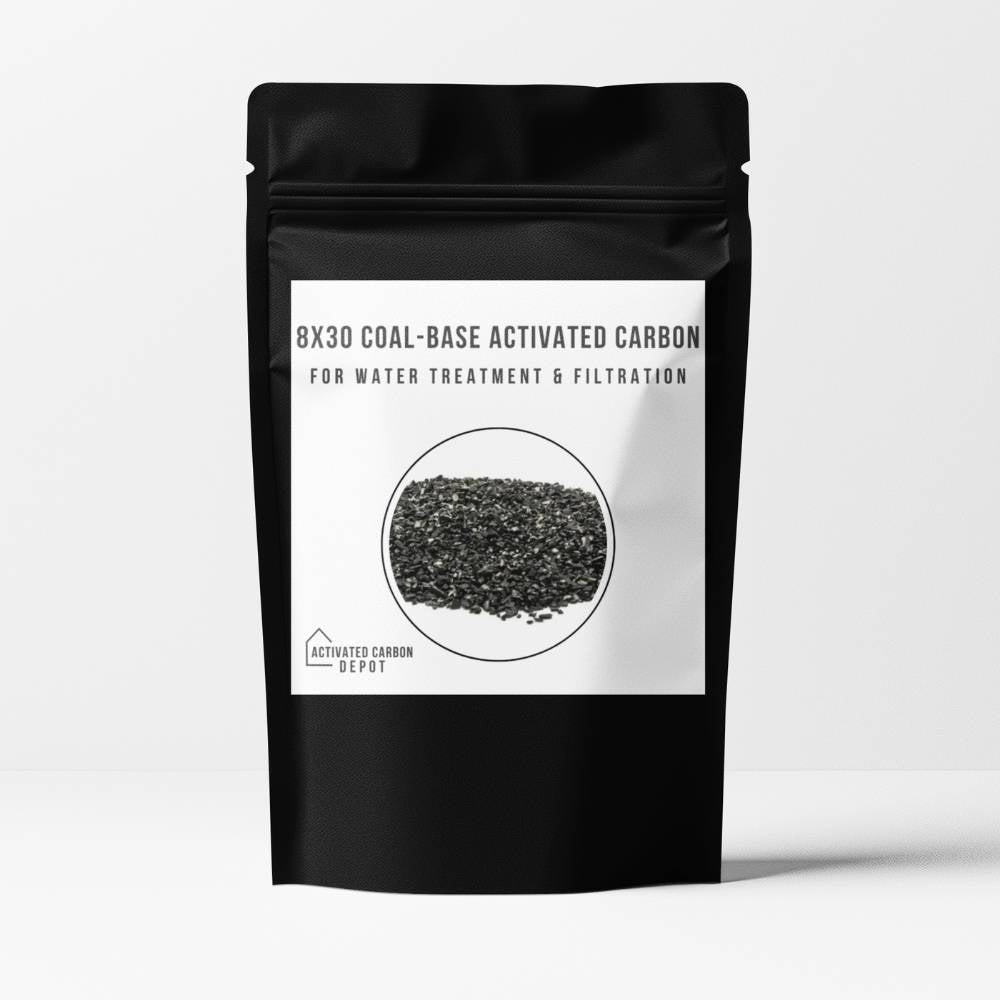Activated carbon is widely used in various applications, including water purification, air filtration, and industrial processes. One critical factor that influences its efficiency is particle size. The size of activated carbon particles can significantly affect adsorption capacity, flow rate, and overall performance in different filtration systems. This article explores how particle size impacts activated carbon efficiency and what you need to know when selecting the right type for your needs.
Understanding Particle Size in Activated Carbon
Activated carbon is available in different forms, including powdered activated carbon (PAC), granular activated carbon (GAC), and extruded activated carbon (EAC). Each type has specific uses based on its particle size:
-
Powdered Activated Carbon (PAC):
-
Particle size: Less than 0.18 mm
-
Best for: Water treatment, air purification, and chemical processing
-
Pros: High surface area, rapid adsorption
-
Cons: Requires frequent replacement, difficult to handle in large-scale applications
-
-
Granular Activated Carbon (GAC):
-
Particle size: 0.2 to 5 mm
-
Best for: Water filtration systems, air purification, and industrial applications
-
Pros: Good balance between adsorption and flow rate, reusable
-
Cons: Slightly lower adsorption rate compared to PAC
-
-
Extruded Activated Carbon (EAC):
-
Particle size: Typically 1 mm diameter or larger
-
Best for: Gas phase applications, solvent recovery, and air filtration
-
Pros: High mechanical strength, low dust content
-
Cons: Lower surface area per gram compared to PAC and GAC
-
How Particle Size Affects Adsorption Efficiency
-
Adsorption Rate:
-
Smaller particles (PAC) have a larger surface area per unit volume, allowing for faster adsorption of contaminants.
-
Larger particles (GAC, EAC) provide a slower but more controlled adsorption process, making them ideal for continuous filtration systems.
-
-
Flow Rate & Contact Time:
-
Fine particles can clog filters and reduce flow rates, requiring higher maintenance.
-
Larger particles allow for better flow rates and longer contact time, optimizing filtration efficiency in certain applications.
-
-
Contaminant Removal:
-
PAC is more effective for removing micropollutants and dissolved organics.
-
GAC is preferred for treating large volumes of water or air over an extended period.
-
PAC in DIY Projects
Powdered Activated Carbon (PAC) is highly effective for various DIY applications due to its fine particle size and rapid adsorption properties. Some popular DIY uses include:
-
Homemade Face Masks and Skincare: PAC can be mixed with natural ingredients like honey or aloe vera to create deep-cleansing face masks that remove toxins and impurities from the skin.
-
DIY Water Filtration Systems: Homeowners can use PAC to create simple filtration setups for emergency water purification, removing contaminants effectively.
-
Air Purification Bags: Placing PAC in breathable fabric bags can help absorb odors and pollutants, making them ideal for home or car fresheners.
-
Detox Drinks: Though it should be used with caution, PAC is sometimes added to health drinks to help absorb toxins from the digestive system.
Its high efficiency and availability make PAC a versatile choice for many household and personal care applications.
Coconut Shell GAC for Aquariums
Granular Activated Carbon (GAC) derived from coconut shells is particularly beneficial for aquariums. It is highly porous, making it effective for removing impurities from fish tanks and improving water clarity.
Benefits of Coconut Shell GAC in Aquariums:
-
Eliminates Toxins and Odors: It adsorbs organic waste, chlorine, and harmful chemicals, keeping aquarium water clean and safe for fish.
-
Prevents Algae Growth: By reducing dissolved organics and phosphates, coconut shell GAC helps prevent excessive algae buildup.
-
Enhances Water Clarity: It removes discoloration and impurities, ensuring a crystal-clear aquarium environment.
-
Safe for Marine and Freshwater Tanks: Unlike coal-based GAC, coconut shell GAC is renewable and eco-friendly, making it a safer choice for sensitive aquatic environments.
To maintain efficiency, aquarium owners should replace GAC regularly, typically every 3-4 weeks, depending on the tank's bio-load and filtration needs.
Choosing the Right Particle Size for Your Application
-
For rapid purification: PAC is ideal when quick removal of contaminants is required, such as in emergency water treatment.
-
For sustained filtration: GAC is best for continuous systems like home water filters and industrial purification units.
-
For gas filtration and specialty applications: EAC provides durability and efficiency for air purification and industrial gas treatment.
Particle size plays a crucial role in the efficiency of activated carbon. Whether you need fast adsorption, sustained filtration, or gas purification, choosing the right particle size is essential to achieving optimal results. PAC is ideal for DIY projects due to its rapid adsorption capabilities, while coconut shell GAC is highly beneficial for aquarium filtration. Understanding these differences can help you select the best type of activated carbon for your specific needs.

